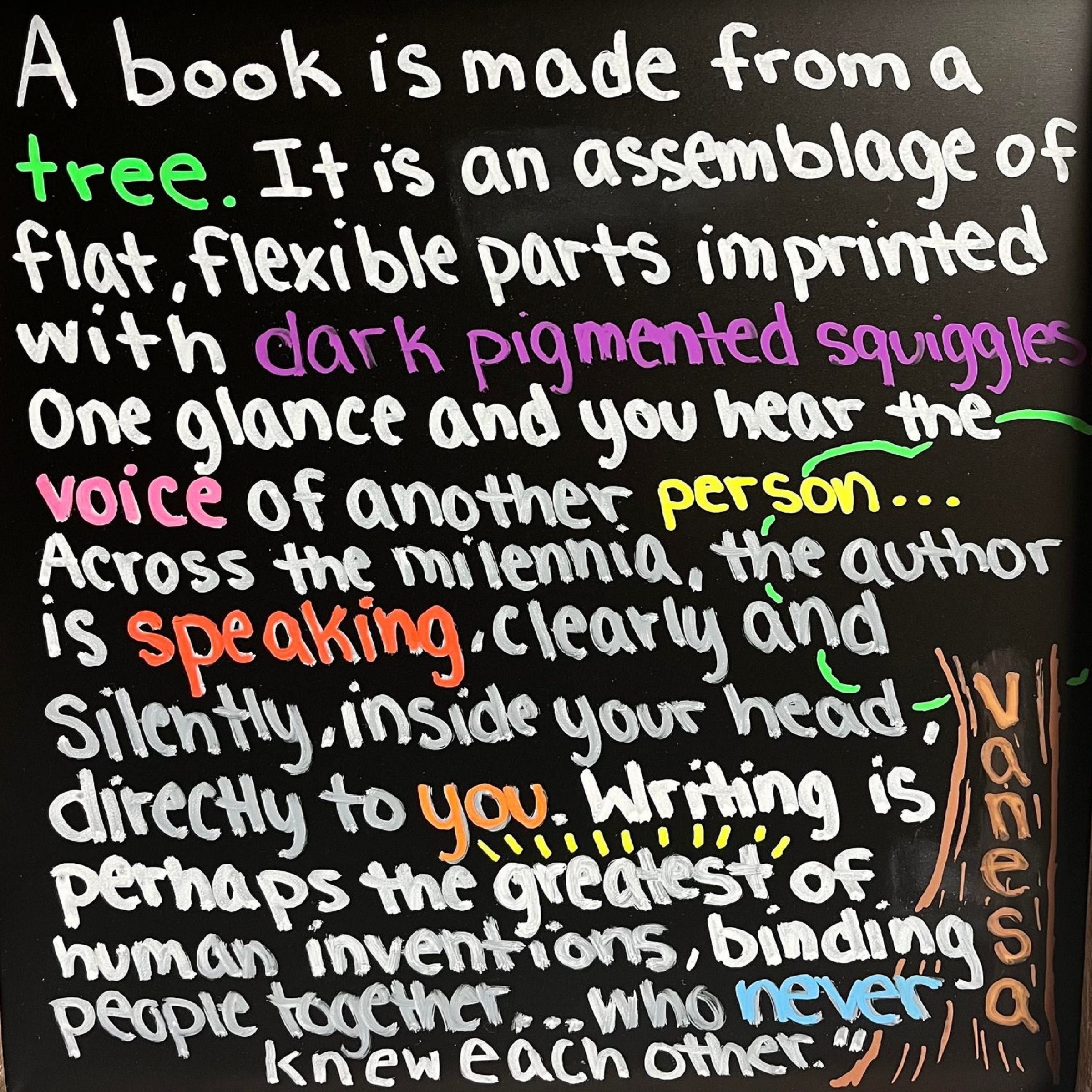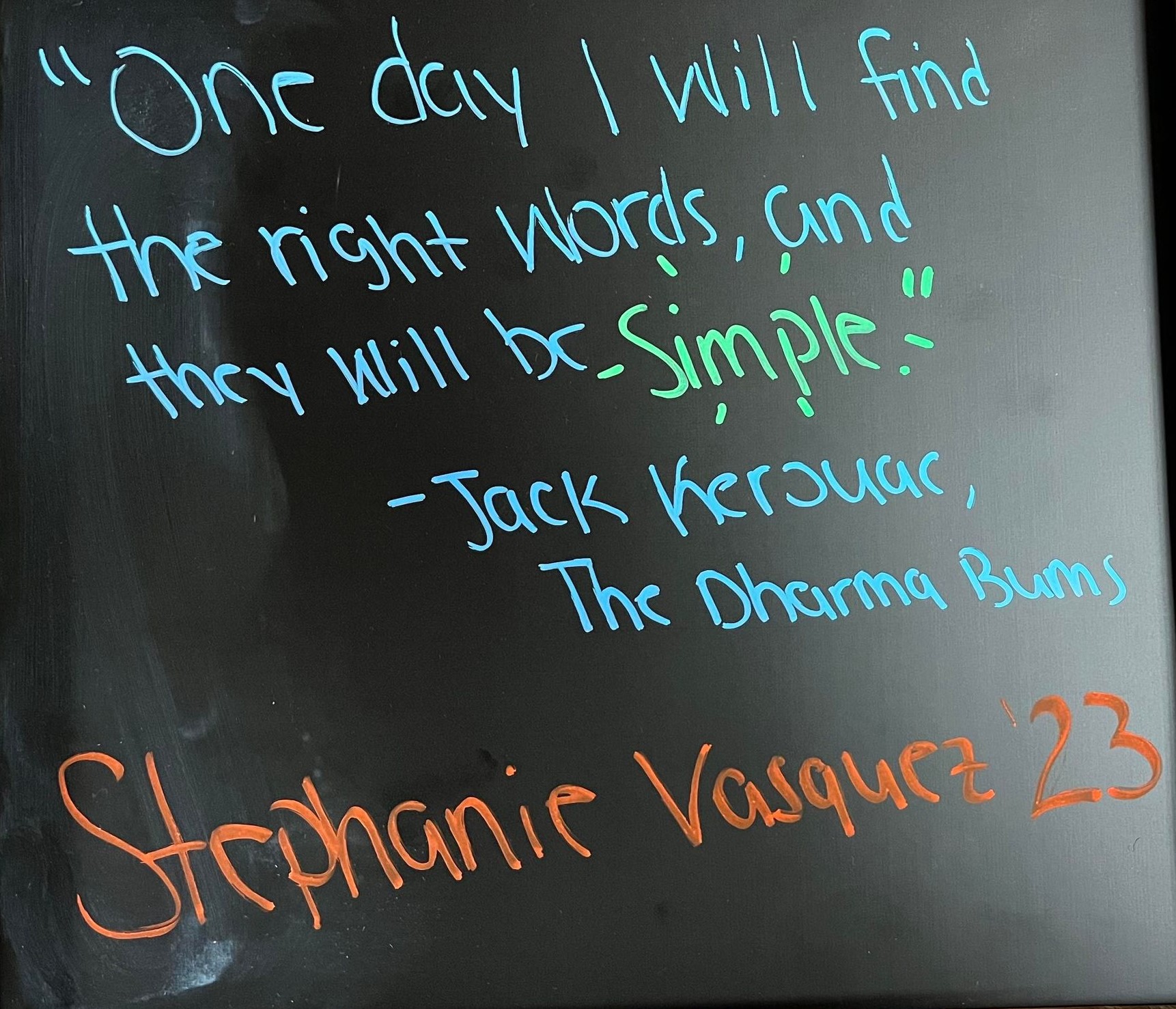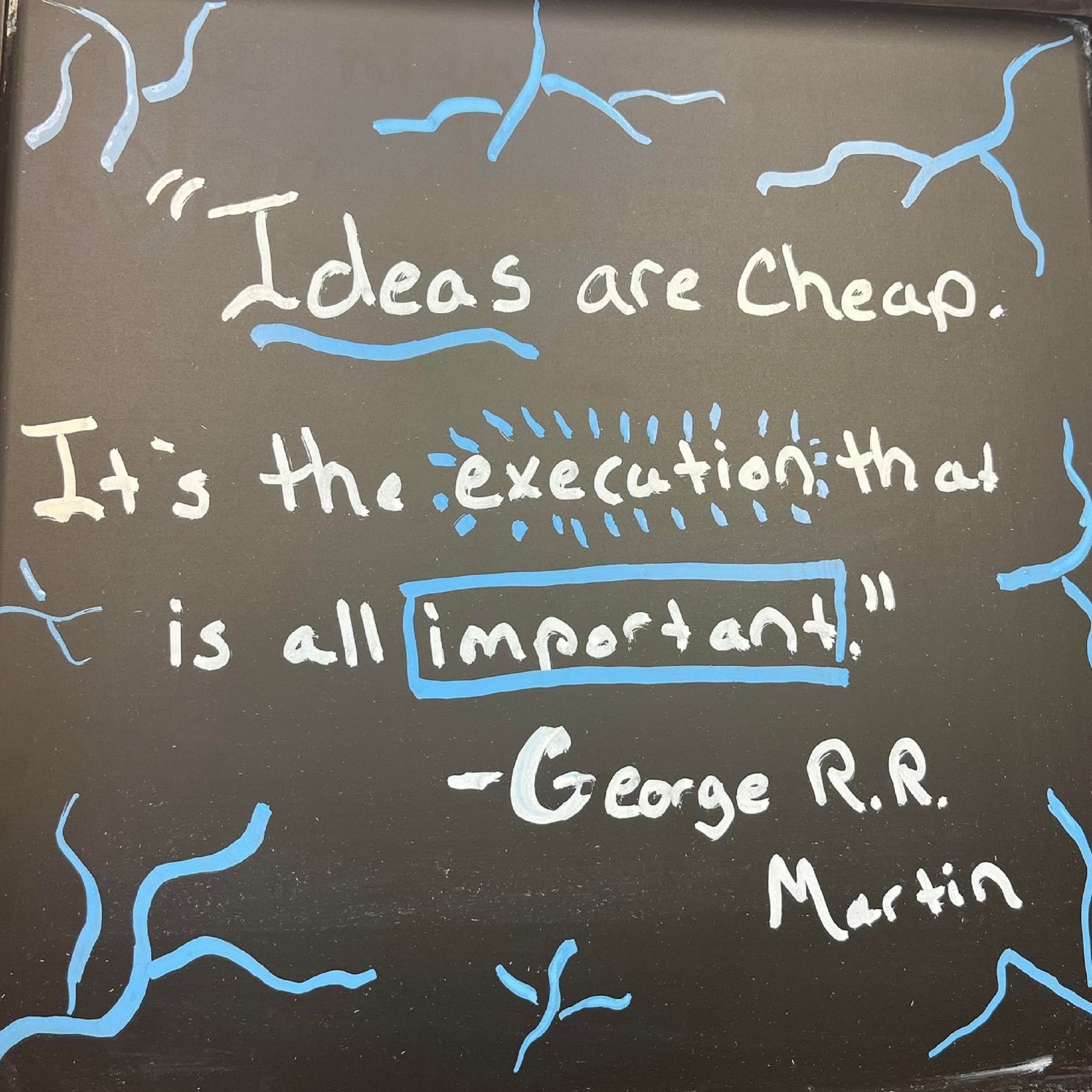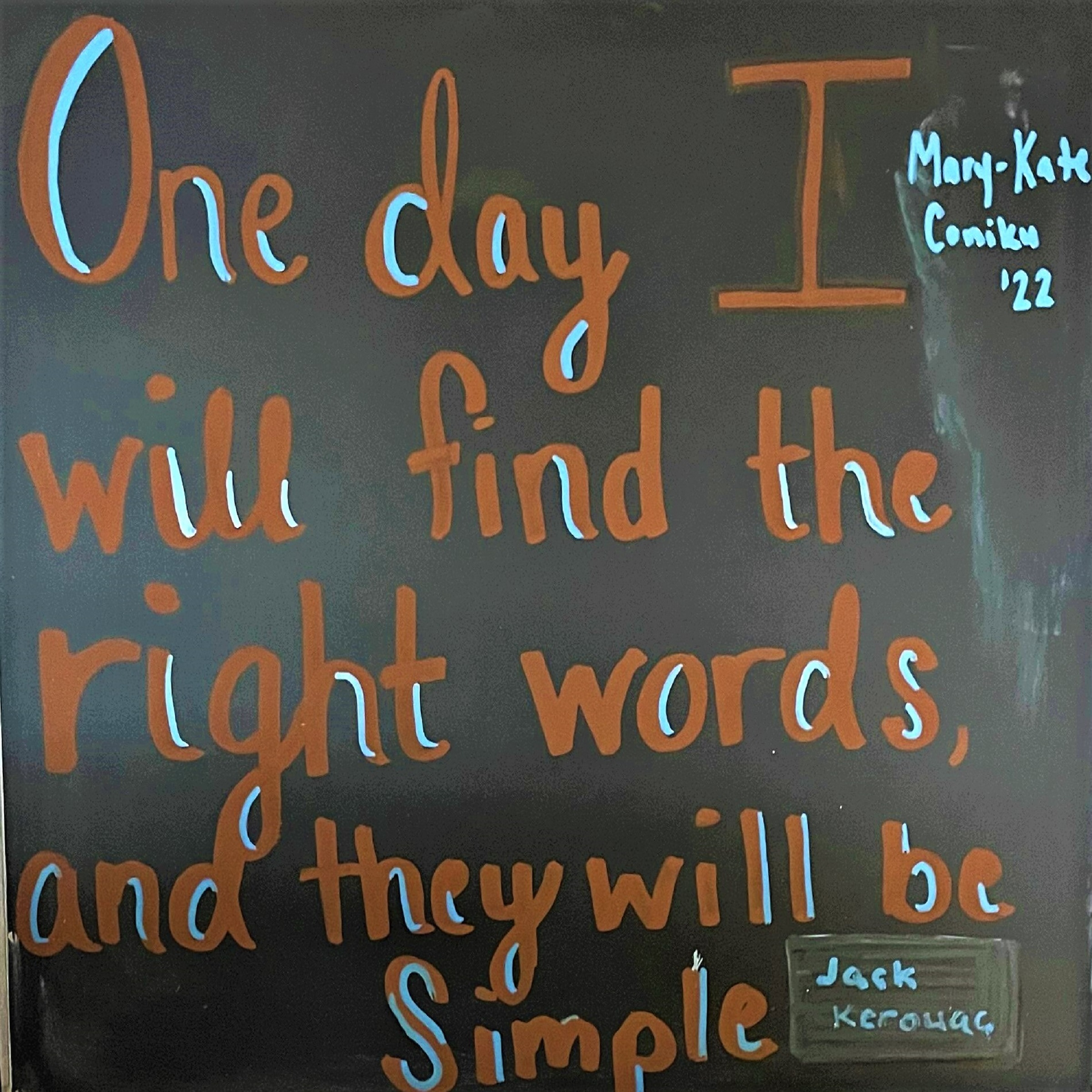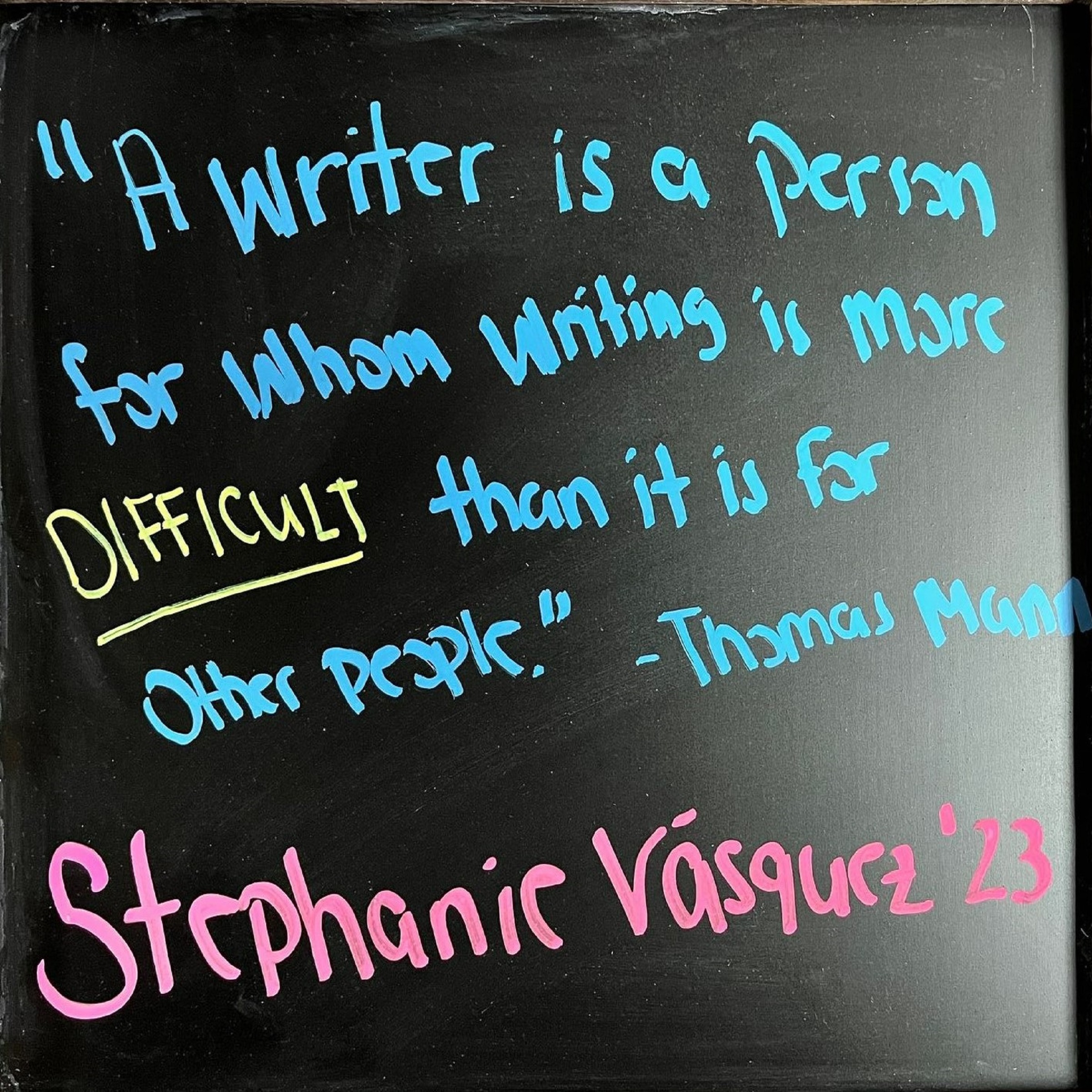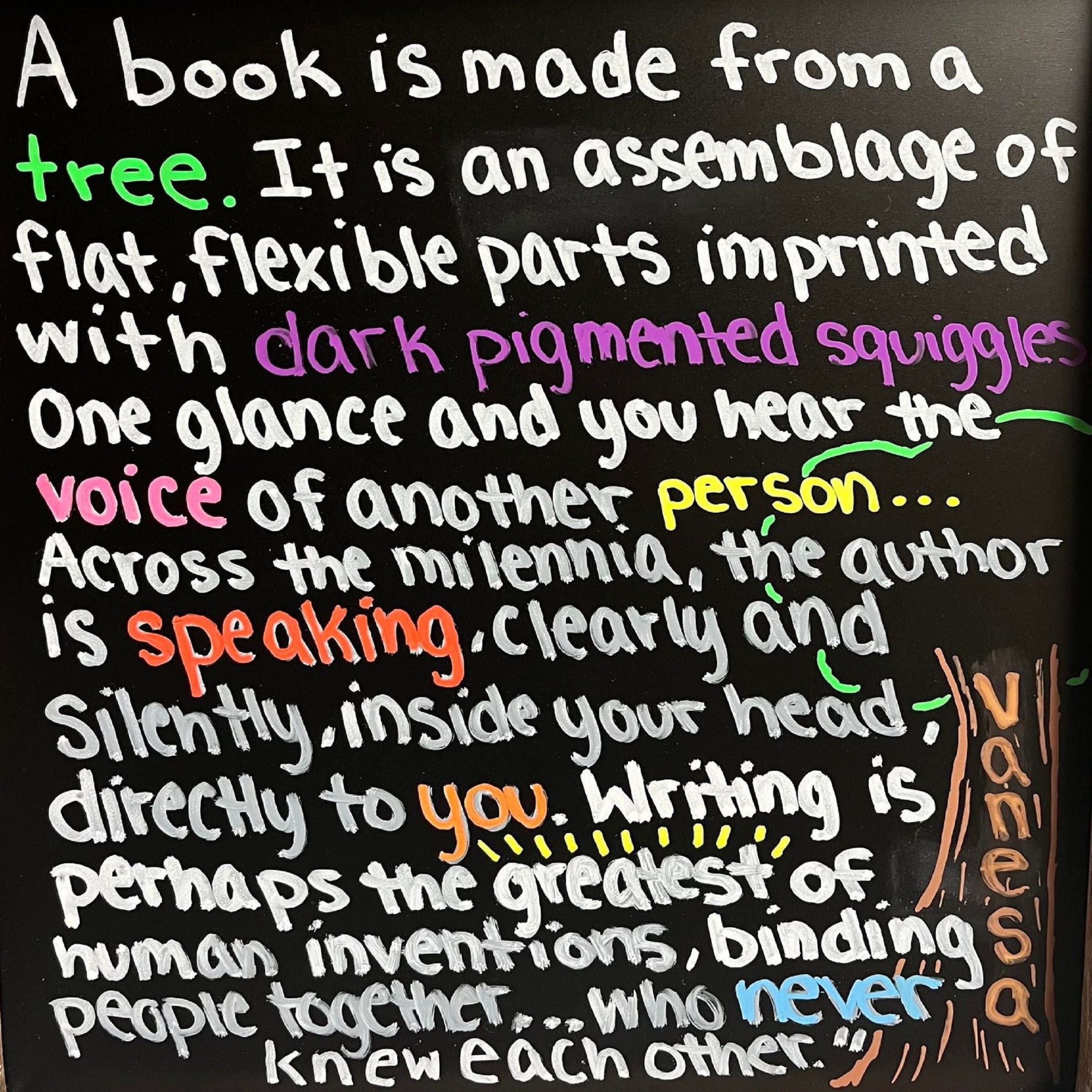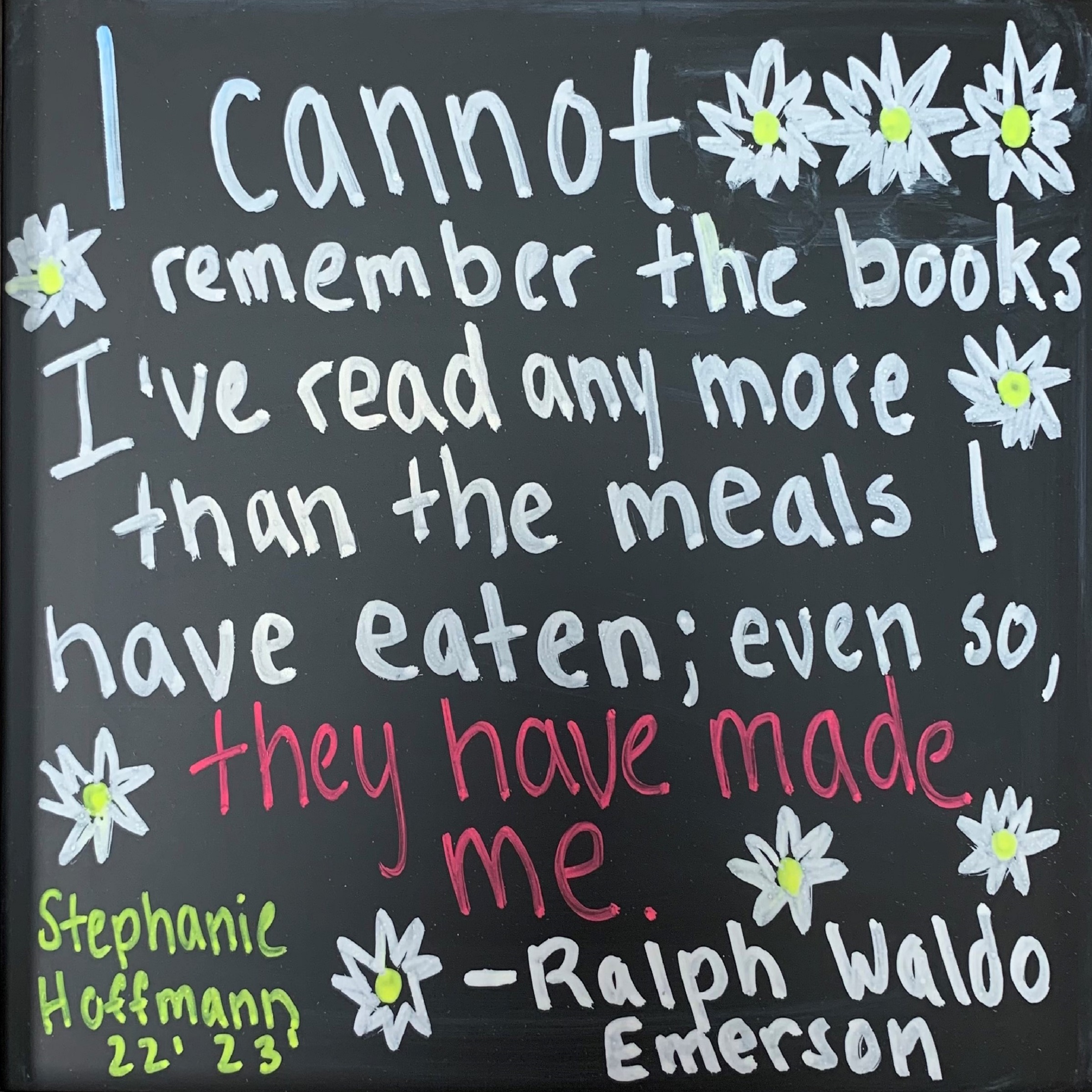Did you know there’s an entire field of literature about “writing spaces” and how they are linked to productivity and thought complexity? You may be limited to certain physical spaces as a student, but it’s still important you find the place where you feel comfortable and focused. Having a space conducive to writing is actually an essential part of the writing process. What sounds, sights, textures, and smells help you write?
Some students love the coffee shop vibe and the hustle and bustle of people moving in and out of small spaces with muted voices. Some people prefer the isolated corners of the fifth floor of the library where it’s silent and serious. Others like to write in the bed, in their dorm room, cocooned in blankets with their laptop on their knees.
It doesn’t matter where you write, so long as you know what spaces help you write.
Consider this: Where do you write? If you have writing anxiety, how can you make the space feel more comfortable and relaxing? Maybe you can wrap a blanket around your chair or hang up your favorite photos. If you have trouble focusing, maybe you should turn off the internet when you open up your word processor or maybe you should clear off your entire desk.
Sometimes there is no physical space that works. Maybe it’s difficult for you to focus everywhere. If that’s the case, then you need a mental space rather than a physical space.
Try using sound to help you immerse in a project. Some students like music. Others prefer white noise. The link below leads to a free site that generates different forms of background noise, and you can mix sounds to help you relax and focus. Maybe the sound of campfire and rain brings you back to your favorite childhood memory of a family camping trip, and the sounds can help you find that comfortable space you need to dive into a looming paper.
